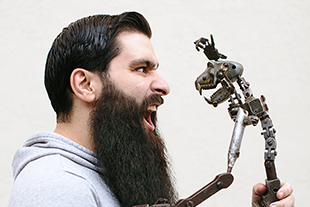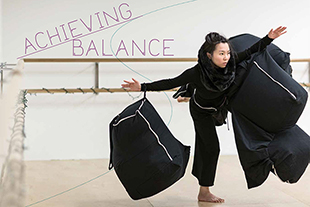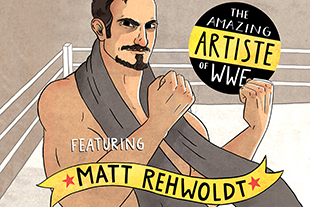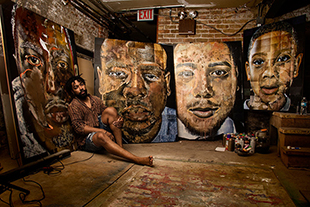Vision
Questions for President Kwang-Wu Kim
DEMO: You’ve identified Columbia College Chicago’s alumni giving rate as a priority for the school. Can you share your thoughts on why alumni should support their alma mater?
PRESIDENT KIM: It has a lot to do with alumni perceptions of the value and meaning of the education that they received here. What Columbia provides is highly specialized and quite distinctive. That prompts the question, “Shouldn’t this be available to future generations of students?” If you feel that your Columbia experience shaped your life in important ways, why not do what you can to ensure that those who come after you can have access to that same kind of education?
DEMO: The student center is another big priority. How will the student center change campus, and how can alums be involved?
PRESIDENT KIM: Adding a physical hub to the campus will make an enormous difference. Right now, we’re a college without a center—literally. As a result, much of the student experience consists of figuring out how to work around this absence, this void. Once we fill that space with the wonderful new facility that we are getting ready to build, I hope that it will trigger a lot of casual, accidental conversations that are perhaps not happening now, and that these will lead to new forms of creative practice, new ideas. Eventually we will move the Career Center into the student center, and I’m hoping that this will inspire many more alumni to make a commitment to mentoring current students.
DEMO: There’s an adage that states, “The world needs creatives.” How is this statement relevant today?
PRESIDENT KIM: We seem to be in a period in which we’re facing very significant, complex societal challenges. As these challenges continue to grow, I don’t see a lot of new thinking—at least from my somewhat limited perspective—coming from the people who are tasked with solving them. There is a real imperative for us to send young people into the world who inherently think differently, who see things that others don’t see, who are really comfortable with working collaboratively, and who embrace the idea of engaging with the world. Since I arrived here, I’ve avoided describing Columbia as an art school. That term triggers a lot of traditional thinking about individuals who are focused solely on their artistic work and who are not well-equipped to succeed outside of that environment. In contrast, I see creatives as people who are eager to interact with the larger world, and who understand that the diversity they experience at Columbia prepares them to work with anyone. Those are the kinds of people that I think the world is sorely in need of right now—in other words, our students.





